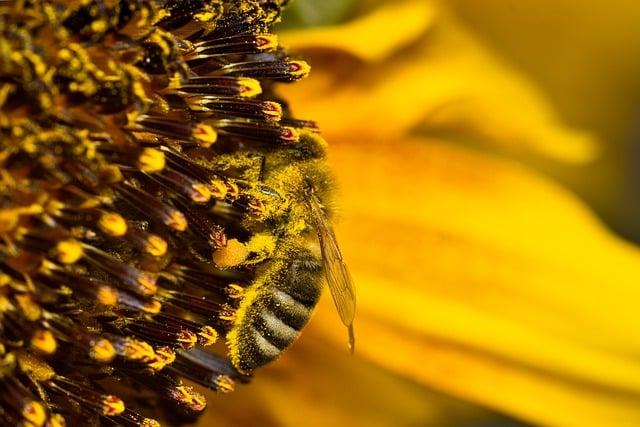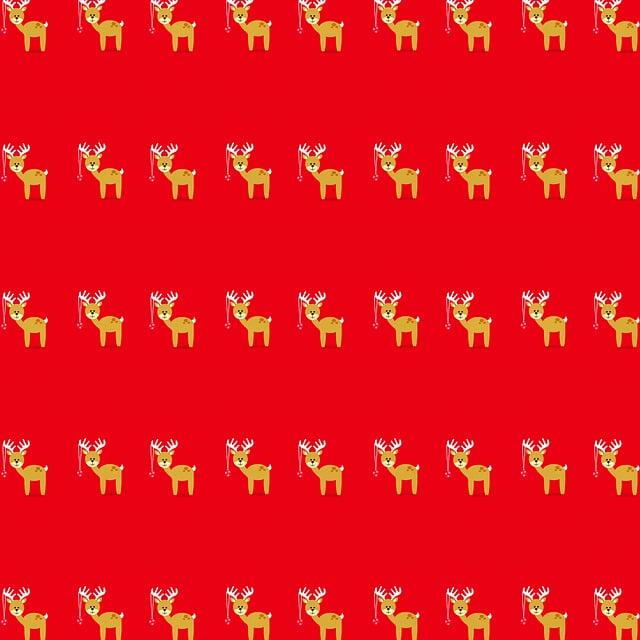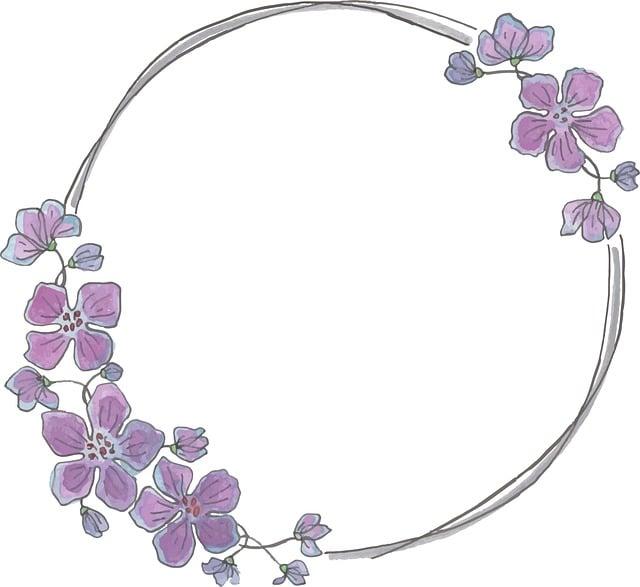In a quiet village, a young girl named Elara discovered an ancient wreath hidden in her grandmother’s attic. Intrigued, she learned that the circular shape symbolized eternity, with no beginning or end. Each flower woven into the wreath represented a cherished memory—joy, love, and loss. As Elara placed the wreath on her door, she felt a connection to her ancestors, their stories intertwining with her own. The wreath became a reminder that life’s moments, like the flowers, are fleeting yet everlasting, binding generations in a tapestry of shared experiences.
Table of Contents
- Exploring the Historical Roots of Wreath Symbolism
- The Circle of Life: Understanding the Wreath as a Representation of Eternity
- Cultural Variations: How Different Societies Interpret Wreaths
- Crafting Your Own Wreath: Personalizing Symbolism for Celebrations and Remembrance
- Q&A

Exploring the Historical Roots of Wreath Symbolism
The symbolism of wreaths can be traced back to ancient civilizations, where they were often associated with victory and honor. In ancient Greece, laurel wreaths were awarded to victors of athletic competitions, such as the Olympic Games, signifying not only triumph but also the divine favor of the gods. Similarly, in Roman culture, wreaths made of oak leaves were bestowed upon military commanders as a mark of bravery and achievement. These early uses established a tradition of wreaths as symbols of accomplishment, resilience, and the cyclical nature of life, as they are often circular, representing eternity and the unending cycle of seasons.
As time progressed, the meaning of wreaths expanded to encompass various cultural and religious connotations. In Christianity, for instance, the Advent wreath symbolizes the anticipation of Christ’s birth, with each candle representing a week of preparation. Additionally, wreaths have been used in funerary practices, where they serve as a tribute to the deceased, symbolizing the continuity of life and the hope of resurrection. This multifaceted symbolism reflects the adaptability of wreaths across different contexts, allowing them to convey messages of celebration, remembrance, and spiritual significance throughout history.

The Circle of Life: Understanding the Wreath as a Representation of Eternity
The wreath, with its circular form, serves as a profound symbol of eternity, embodying the idea that life is a continuous cycle. This unbroken shape represents the infinite nature of existence, where beginnings and endings seamlessly intertwine. Traditionally crafted from natural materials such as leaves, flowers, and twigs, wreaths remind us of the seasons of life—birth, growth, decay, and renewal. Each element within the wreath contributes to a larger narrative, illustrating how every moment is interconnected and essential to the whole.
In various cultures, wreaths have been used to signify different aspects of life and death, celebrating both joyous occasions and solemn remembrances. The circular design evokes feelings of unity and wholeness, inviting reflection on the passage of time and the enduring bonds we share with one another. Key themes associated with wreaths include:
- Continuity: The circle signifies that life goes on, regardless of the challenges we face.
- Connection: Wreaths symbolize the ties that bind us to our loved ones, both in life and in memory.
- Celebration: Often used in festivities, wreaths mark significant milestones and achievements.

Cultural Variations: How Different Societies Interpret Wreaths
Wreaths, with their circular form, transcend cultural boundaries, embodying a myriad of meanings across different societies. In ancient Greece, wreaths made of olive leaves were awarded to victors in the Olympic Games, symbolizing **victory** and **honor**. Similarly, in Roman culture, laurel wreaths were associated with triumph and were often worn by emperors and military commanders. In contrast, many Indigenous cultures in North America utilize wreaths made from natural materials to signify **connection to nature** and **spirituality**, often incorporating elements that reflect the changing seasons and the cycles of life.
In contemporary Western societies, wreaths are predominantly associated with **celebration** and **remembrance**. During the holiday season, evergreen wreaths symbolize **eternal life** and are commonly displayed on doors as a welcoming gesture. Conversely, in some Eastern traditions, wreaths are used during funerals, crafted from flowers to honor the deceased and represent the **continuity of life**. This duality in interpretation highlights the wreath’s versatility, serving as a powerful emblem that can convey both joy and sorrow, depending on the context in which it is presented.

Crafting Your Own Wreath: Personalizing Symbolism for Celebrations and Remembrance
Creating a wreath allows you to weave personal stories and emotions into a beautiful, circular form that transcends mere decoration. Each element you choose can carry profound significance, transforming your wreath into a canvas of memories and intentions. For instance, **evergreen branches** symbolize eternal life, while **flowers** can represent specific emotions or milestones. By selecting materials that resonate with your experiences, you can craft a piece that not only adorns your space but also serves as a heartfelt reminder of cherished moments or loved ones.
In addition to natural elements, consider incorporating **ribbons, ornaments, or personal tokens** that reflect your unique journey. A **red ribbon** might signify love and passion, while a **white flower** could evoke purity and remembrance. Each addition can tell a story, making your wreath a personalized tribute to celebrations or a poignant memorial for those who have passed. By thoughtfully curating these components, you create a wreath that is not just visually appealing but also rich in meaning, inviting reflection and connection with the emotions it embodies.
Q&A
-
What does a wreath symbolize in general?
A wreath typically symbolizes eternity and continuity due to its circular shape, which has no beginning or end. This makes it a powerful emblem of everlasting life and the cyclical nature of existence.
-
What is the significance of a wreath in funerals?
In funerals, a wreath represents remembrance and honor for the deceased. It serves as a tribute to their life and a way for loved ones to express their grief and celebrate their memory.
-
How do different materials affect the meaning of a wreath?
The materials used in a wreath can convey different meanings. For example, evergreen wreaths symbolize immortality, while floral wreaths may represent beauty and transience, reflecting the fleeting nature of life.
-
What do wreaths represent during festive occasions?
During festive occasions, wreaths often symbolize celebration and welcome. They are used to adorn homes and public spaces, signifying joy, hospitality, and the spirit of the season.
In essence, a wreath transcends mere decoration; it embodies cycles of life, unity, and remembrance. Whether adorning a door or marking a solemn occasion, its circular form invites us to reflect on the connections that bind us all.

大家好,我是彼得潘,專業的手法身體治療師。我喜歡探索和研究各種主題,並透過與人工智慧的合作分享專業、實用、有趣的文章。我們定期進行人工審核,以確保內容的準確性。如果您發現文章中有任何不準確的地方,請隨時與我們聯繫,我們會及時糾正。您可以透過 [email protected] 與我們聯繫。



